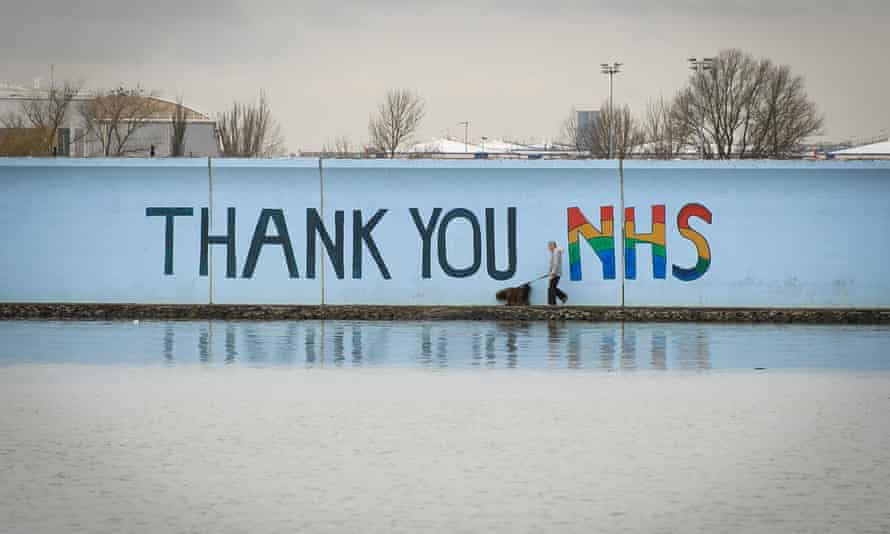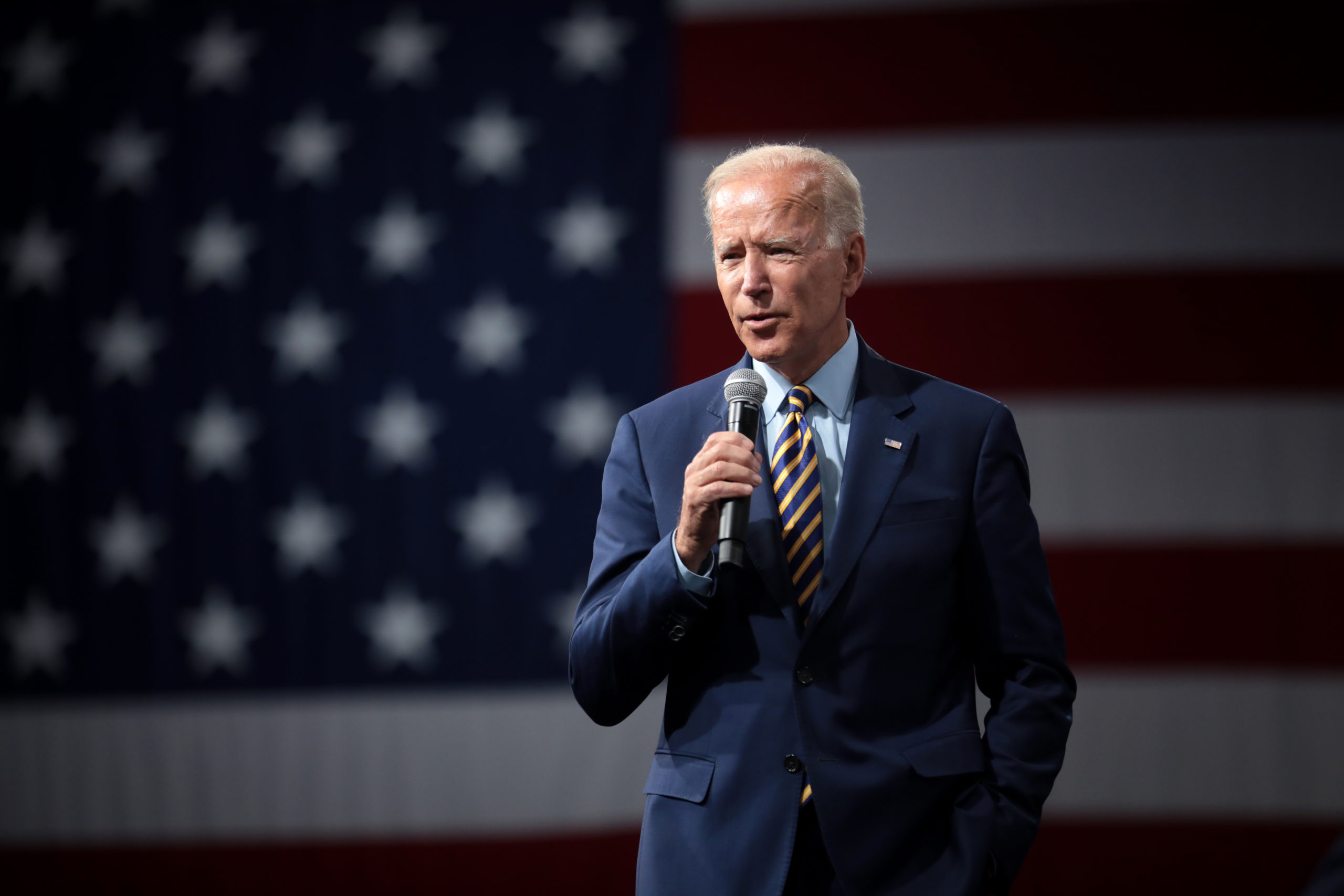NHS pay: Nursing union sets up £35m strike fund as anger grows over ‘insulting’ 1% offer
By Paul Gallagher
March 5, 2021
The Royal College of Nursing (RCN) is preparing for potential strike action over the Government’s support for a 1 per cent pay increase for NHS staff amid mounting anger at the “insulting” offer.
The College’s governing council met in an emergency meeting on Thursday evening and voted unanimously for the College to immediately set up a £35m strike fund – an amount of money that can be used to support workers, who are members of a trade union, to provide some compensation for loss of earnings and campaigning during industrial action.
A spokesman for the RCN said: “RCN Council are determined to have the finances available to our members should they wish to take action. In setting up this fund, the RCN will create the UK’s largest union strike fund overnight. The next steps will be decided in conjunction with our members. Further announcements will be made in the coming weeks.”
The RCN said the pay award would amount to only an extra £3.50 per week take-home pay for an experienced nurse and that the Government can expect “a backlash from a million NHS workers” between now and when a final decision is taken by Ministers in May.
Read More
NHS pay rise row could worsen staff shortages just as the health service faces biggest backlog on record
Unite has also warned of industrial action amid mounting anger over the Government’s recommendation. The leading union, which represents tens of thousands of health service staff, said it will now be considering all its options, including holding an industrial action ballot, as part of its campaign for a decent pay rise.

Unite national officer for health, Colenzo Jarrett-Thorpe, said: “We will be fully consulting our members on the next steps, given that inflation could be 2 per cent by the end of 2021, so what Prime Minister Boris Johnson is recommending is another pay cut in real terms. It shows an unyielding contempt by ministers for those who have done so much to care for tens of thousands of Covid-19 patients in the last year.
“The public is rightly outraged by a Government that can spend £37bn on the flawed private sector Test and Trace programme, but can’t find the cash for a decent pay rise for those on the NHS front line. Public opinion will be key in shaming the Government into changing its recommendations to the NHS Pay Review Body.
“Chancellor Rishi Sunak will suffer severe reputational damage if he fails to deliver the money necessary to fund a decent pay rise after a decade of austerity that has seen the pay packets of many NHS staff shrink by 19 per cent in real terms since the Tories came to power in 2010.”
Unison, which is calling on the Government to give all NHS workers a pay rise of at least £2,000, called the proposal “the worst kind of insult”.
Health Minister Nadine Dorries said the Government could not afford to give NHS staff in England a pay rise of more than 1 per cent following uproar after the figure was submitted to the sector’s pay review body (PRB). She defended the Government’s position in a series of interviews on Friday, saying nurses have received a 12 per cent increase in pay over the last three years and the average nurse’s salary is around £34,000.
Read More
Tory MPs attack Government’s ‘inept’ and ‘unacceptable’ 1% NHS pay rise offer
“Everybody in an ideal world would love to see nurses paid far more… but we are coming out of a pandemic where we have seen huge borrowing and costs to the Government,” she told Sky News.
“I think it is important to note that the priority of the Government has been about protecting people’s livelihoods, about continuing the furlough scheme, about fighting the pandemic, and we’ve put huge effort into that.
“We do not want nurses to go unrecognised – or doctors – and no other public sector employee is receiving a pay rise, there has been a pay freeze. But the 1 per cent offer is the most we think we can afford which we have put forward to the pay review body.”
Ms Dorries, a former nurse, said she was “pleasantly surprised” when a 1 per cent pay rise for NHS staff in England was proposed.
Asked by BBC Breakfast what her reaction was to the news, she said: “I was actually surprised because I knew that we’d frozen public-sector pay, that no-one in the public sector was receiving a pay rise, so I was pleasantly surprised that we were making an offer.”
The independent pay review bodies will report in late spring and the Government said it will “consider their recommendations carefully when we receive them”.
Was there a big cut to NHS frontline services buried in the budget?
Labour’s Jonathan Ashworth claimed a £30.1bn shortfall was hidden in Rishi Sunak’s statement
Rishi Sunak barely mentioned the NHS in his budget. So what’s the issue?
Labour claims the chancellor has quietly cut the Department of Health and Social Care’s (DHSC) budget for 2021-22 by £30.1bn. Jonathan Ashworth, the shadow health secretary, said: “Rishi Sunak promised to be ‘open and honest’ with the British public. But buried in the small print of his budget is a cut to frontline NHS services that will increase pressure on staff and do nothing for patients stuck on growing waiting lists.”
Is Ashworth right?
No. The reduction in the DHSC’s budget only relates to the extra costs it and the NHS in England have incurred from tackling the Covid-19 pandemic over the last year. That has involved spending billions on personal protective equipment (PPE) for staff and £22bn on the government’s test-and-trace programme, which has performed poorly. Importantly, despite Ashworth’s claim, the budget cut does not relate to frontline NHS services such as A&E care, diagnostic tests, surgery and outpatient appointments.
What are the sums of money involved here?
The Treasury gave the DHSC an extra £58.9bn in emergency additional funding this year to cover the huge extra costs resulting from the pandemic, which took its total budget for this year up to £199.2bn. However, in the new year starting on 1 April, Matt Hancock’s department will receive just £22bn over and above its core budget for Covid expenses. That means its overall budget will fall to £169.1bn.
Ashworth depicts the difference between those two sums as a £30.1bn “cut to frontline NHS services”. It is not, though. The extra £58.9bn was exceptional, and by definition temporary, funding. It was never meant to be permanent. With the pandemic receding for now, and a huge stockpile of PPE stored in warehouses, the DHSC is receiving much less this year than last from the Treasury.
So what is happening to the money the DHSC receives to fund normal NHS services?
This involves what in Whitehall speak is called the DHSC’s “resource departmental expenditure level (DEL or RDEL)”. It is actually going up, from £140.3bn this year to £147.1bn – an increase of £6.8bn.
But many NHS organisations are unhappy about the budget. Why is that?
The NHS Confederation (hospital trust bosses), British Medical Association (doctors) and the Health Foundation thinktank say the NHS in England needs at least £10bn more in 2021-22 to meet the extra costs Covid has caused, notably a big backlog of surgery and extra demand for mental health care. Sunak gave the service £3bn more in 2021-22 for those things in his autumn statement last November. But the confederation says that is “not enough”. They point to the fact that 4.5 million people are waiting to have treatment in hospital such as an operation – the highest number on record – and that it is estimated up to 10 million people, or almost 20% of England’s population, will need either new or extra mental health support as a direct result of the pandemic.





